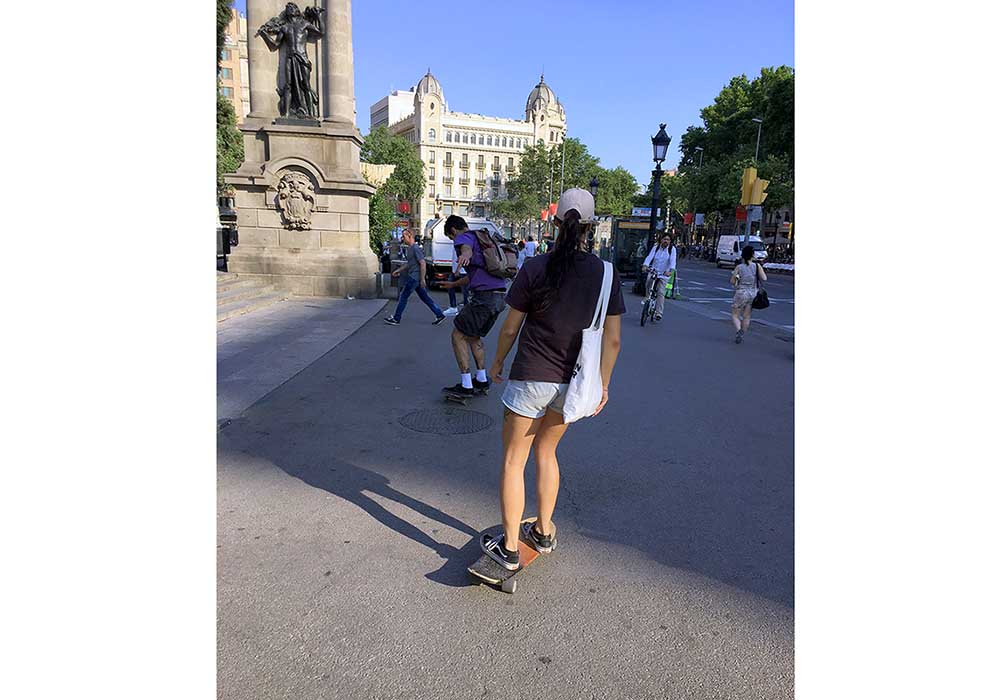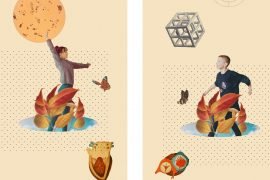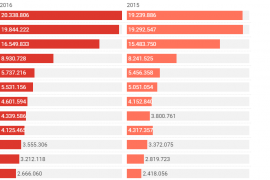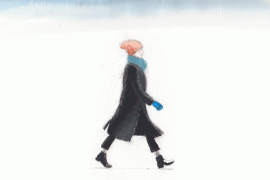“Walk son, you’ll loose weight.” That’s the folk healer’s classical advice—everyone has one within reach—be it your mother who has you drink water with lemon and honey when she hears you cough, or your grandfather who can cure back trouble. For a time I half believed in it, and I walked to work (one hour there, and one hour back, and that’s saying something), but the bathroom scales didn’t budge. On the other hand, I did get to know some nooks and crannies of the city that I didn’t even know existed. Be it for medical, idle or purely necessary purposes, walking is one of the few free pleasures that we have left, but the 21st century is making it harder and harder.
In Barcelona, strolling was an institution, if not every day, at least on Sunday: up and down the Rambla and the Passeig de Gràcia, and at the end, a tortellet pastry from the pastry shop. We had a verb, “ramblejar,” especially for wandering along the Rambla, and there was even the culture of gazing at the people strolling, with that line of metal chairs that crowded the top of the Canaletes Rambla, and that for four duro coins you could sit there watching them go by: look at her, look at that one, the lifelong gossip, without having to hide it. But all this has changed, and today the flood of tourists prevents the dolce far niente in a good part of the city. There is, of course, the other Barcelona, the hundreds of streets and squares that do not appear in the guidebooks, but these accessible parts have been filled with two invasive species that have recently arrived, over the last few years.
The first pest has a thousand faces and denominations which we could group under the name of UROs (Unidentified Rolling Objects). These are the latest generation of gadgets hurtling along the pavement, transporting from juniors to executives in suits and helmets. They all fit in here—hold your breath, the name’s long—the classical means of human traction (i.e. they work with our animal power) such as bicycles, kids’ scooters or striplings’ skateboards, all twentieth century hardware, but also a whole new raft of electric, digital and bluetooth vehicles, from Segways (it all began with them) to the Walkers, Hoverboards, Boogie Drifts, minibikes, deluxe scooters with seats, Runs & Rolls (in Catalan we call them Atropella & Fuig, Run Over & Run), electric scooters and other such gyroscopes on steroids.
Combined, these devices form an even more dangerous combo: the motorized tour group. Yes, we have all suffered them, they’re the Nordic grannies trying to stay atop a Segway (lucky that, after a certain age, they all wear dentures: Look! No teeth!). The trick is to hear them coming, because all these systems of locomotion are treacherously silent. Once you see them, take it easy and enjoy the view, because if you try to cross in between them you risk a Gaudían death—Gaudí was run over by a tram! Those suitcases with wheels are also a pain, but there are as yet no known cases of deadly trolley collisions.
The other invasive species for the 21st century pedestrian is not as quick but just as dangerous: the mobile addict. We’ve all done it at least once: go on, I’ll answer the message while I walk to the metro, not a problem, I can manage. Until some blockhead whatsapp-answerer doesn’t see he’s coming straight at you and we almost crash. Consumed by their mobile, even the sharpest individual turns into a zombie, and can either cross on a red light, or walk straight onto a flowerbed. When we realize we’re treading the geraniums, we’ll look up, make sure no one we know has seen us, and immediately lower our gaze to stroke the screen of delight again.





















